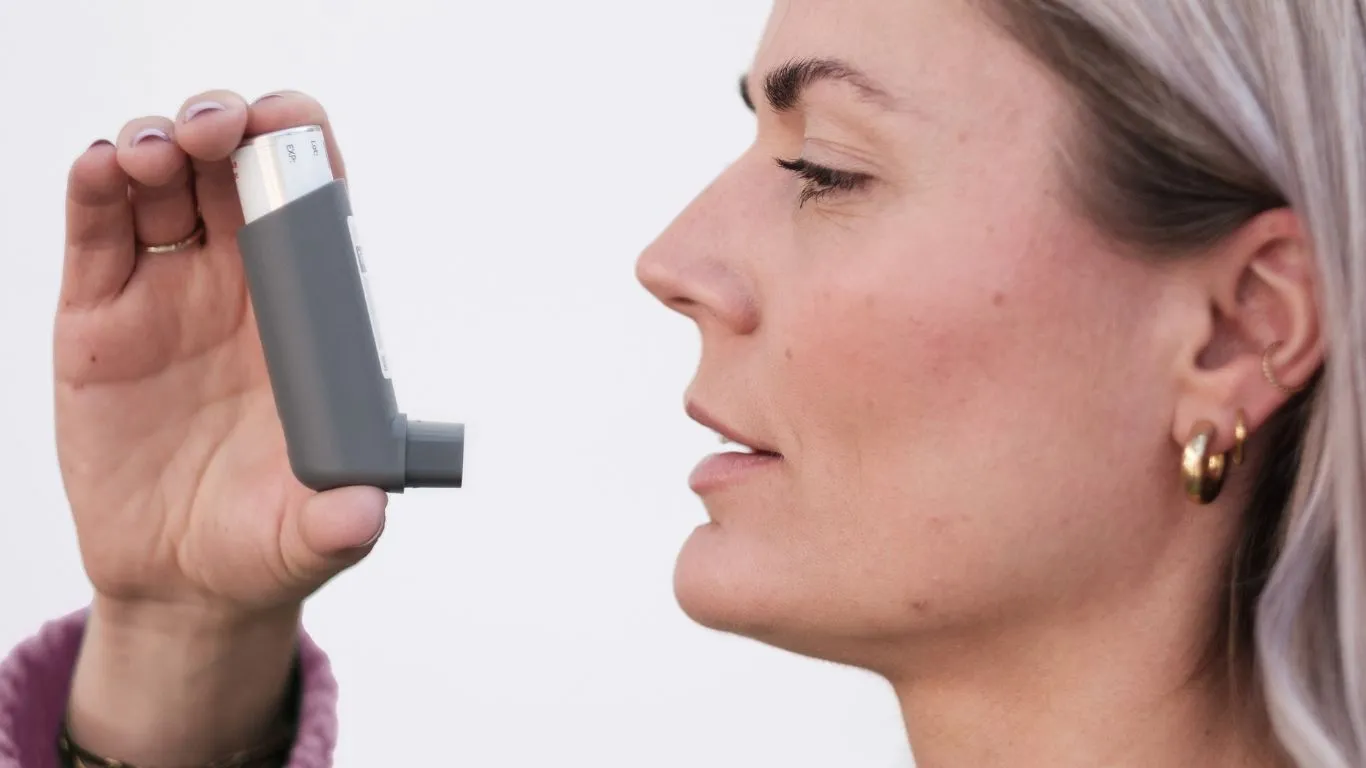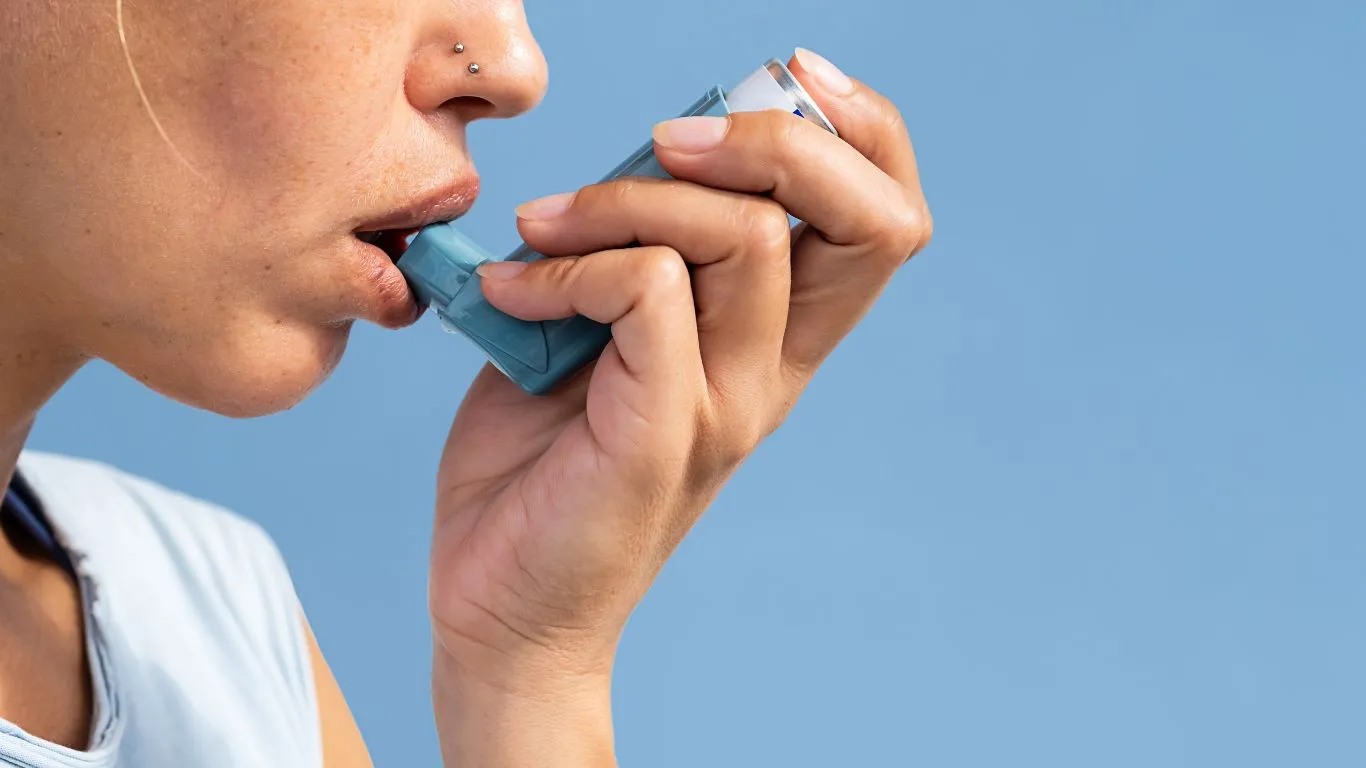Ultimate Best Asthma-Friendly Travel Tips for Stress-Free Adventures
If you’re living with asthma and planning your next big getaway, you’re probably searching high and low for the best asthma-friendly travel tips. As someone who’s worked closely with respiratory patients and seen the full spectrum of asthma triggers—from the dry air of airplane cabins to unexpected pollen spikes in hotel rooms—I know how important it is to plan ahead. Trust me, the last thing you want is a surprise asthma flare-up while you’re supposed to be sipping mocktails by the beach or exploring cobblestone streets in some quaint little town. With the right prep, travel doesn’t have to be stressful. Let’s chat about how to make your adventures as smooth (and symptom-free) as possible.
Understanding Your Triggers Before You Book That Trip

First things first—know your triggers like the back of your hand. You wouldn’t believe how many people I’ve cared for in the ER who had no idea a simple dusty Airbnb or high-altitude destination could send them into a wheezy spiral. If pollen is your kryptonite, maybe avoid springtime in the Alps. If cold air tightens your chest, consider postponing that Iceland trip till summer. And if you’re sensitive to fragrances or cleaning chemicals (a super common one, by the way), those boutique hotels with heavy air fresheners might not be the dream you imagined.
Checklist: Things to Know Before Choosing a Destination
- Altitude – High-altitude destinations can thin the air and make breathing harder.
- Weather – Cold, dry air or extremely humid conditions can aggravate symptoms.
- Pollution levels – Major cities with poor air quality might not be ideal.
- Allergen season – Double-check if your destination is in peak allergy season.
Pro Tip from My Nursing Days: I always recommend my asthma patients use the AirVisual app or check local AQI (Air Quality Index) ratings for potential travel spots. It only takes a minute and could save you from a lot of discomfort.
Planning and Packing for Asthma-Safe Travel

Let’s be real—travel is chaotic. Airports are noisy, flights get delayed, hotel rooms can be dusty, and your inhaler always seems to be in the other bag. That’s why packing smart is half the battle. I always tell my patients: pack like you’re going on an asthma boot camp. Be extra, and then some. You might not need every item, but when you do, you’ll be glad you brought it.
Essential Items for Asthma-Safe Travel
- Quick-relief inhaler (and a backup—yes, always two!)
- Spacer if you use one. It’s clunky but worth it.
- Daily controller meds in clearly labeled containers
- Asthma action plan – Print one out just in case
- Doctor’s letter if you’re flying, especially with nebulizers or large medication quantities
- Travel insurance that covers chronic conditions—non-negotiable
I once had a patient (let’s call her Lisa) who flew to Thailand without her spacer and regretted it deeply. Between jet lag and the unfamiliar humidity, she was in and out of clinics for the better part of her trip. Her words to me? “Next time, I’m bringing the whole pharmacy.” Don’t be Lisa.
Make Your Flight Asthma-Friendly (Yes, It’s Possible!)

Air travel and asthma are not the best of friends, but they can peacefully coexist with a little effort. Planes have dry air and limited space to move, and sometimes, passengers bring pets (or heavy perfumes—ugh). But you can absolutely fly safely with asthma—it just takes a bit of planning and some extra awareness.
Tips for Asthma-Safe Air Travel
- Book a direct flight if possible—less exposure to multiple environments.
- Request allergen-free meals if food sensitivities overlap with asthma.
- Pre-board to sanitize your seat area—yes, bring wipes.
- Use a saline spray to keep nasal passages moist in dry cabin air.
- Keep your meds in your carry-on, not checked baggage.
Bianca’s Note: I once flew with a patient who kept their emergency inhaler in their checked bag. Midway over the Atlantic, they had a minor attack—and let me tell you, that panic was real. Don’t be caught off guard. Your meds go with you, in your bag, within reach. Every time.
Don’t Forget to Communicate With Your Airline
Most people don’t know this, but you can actually notify your airline about your asthma in advance. Some carriers will even allow early boarding for medical needs, and flight attendants can be extra attentive if they’re aware. It’s not about getting special treatment—it’s about being safe and prepared. No shame in that game.
Where You Stay Matters: Asthma-Friendly Accommodations

Alright, let’s talk about lodging. Choosing the right place to stay can make or break your trip, especially when you’re managing asthma. I’ve heard more than a few horror stories from patients about “cute little rentals” with musty carpets, feather pillows, or even mold hiding behind the curtains. Not exactly the vacation vibe you’re going for, right?
When I travel, I’m super picky about my accommodations—and you should be too. And no, that doesn’t mean five-star luxury. It just means smart choices. Whether you’re booking a hotel or Airbnb, do your homework and don’t be shy about reaching out to ask questions.
What to Ask Before You Book
- Is the room smoke-free? (And has it always been?)
- Do they use fragrance-free or hypoallergenic cleaning products?
- Is there carpet or hardwood flooring? (Hard floors = less dust and allergens.)
- Can feather bedding be replaced with hypoallergenic alternatives?
- Do they have an air purifier available? Bonus points if they do.
One time, I stayed at a cozy inn up in the mountains that *looked* perfect online, but the second I walked in, I caught a whiff of mildew. I didn’t even have to unpack to know it wasn’t going to work. Called the front desk, explained my health condition, and they thankfully moved me to a room in a newer wing. Crisis averted—but only because I spoke up.
Outdoor Activities Without the Wheeze

Just because you have asthma doesn’t mean you have to sit out the adventures. Hiking, snorkeling, biking through vineyards—these can all be totally doable with a few smart strategies. And honestly, nothing makes me happier than seeing patients come back from vacations feeling empowered instead of restricted.
That said, you gotta be real with yourself. High-intensity activities in dry heat or poor air conditions? Probably not your best move. But low-to-moderate exertion in clean air and proper pacing? That’s the sweet spot.
My Top Outdoor Safety Tips for Asthmatic Travelers
- Check air quality before heading out—again, that AQI app is your best friend.
- Schedule activities in the morning when pollen and pollution are usually lower.
- Warm up slowly—don’t go from zero to mountain goat.
- Carry your inhaler on you, not buried in your backpack.
- Take breaks as needed. Your travel buddies will survive.
Bianca’s Little Hack: I wear a tiny waist pouch on hikes just for my inhaler and a mini bottle of water. Lightweight, zero excuses, and it’s saved me more than once when I’ve gotten that tight-chest feeling mid-walk.
Managing Asthma in Unfamiliar Climates

This one’s big. Traveling to a new climate means your body might need time to adjust, and asthma doesn’t always give you that grace period. Dry deserts, humid tropics, or chilly mountains can all trigger symptoms if you’re not careful. I once had a flare-up in Arizona just from stepping into 100-degree dry air after leaving a cool, air-conditioned restaurant. It was like a slap in the lungs.
How to Prep for Climate Change (The Natural Kind)
- Hydrate, hydrate, hydrate – especially in dry or high-altitude destinations.
- Use a humidifier or bring a mini travel version if the air is too dry.
- Wear a scarf or mask over your mouth in cold air to warm the air before you breathe it in.
- Rest on arrival – don’t rush into physical activity right after a flight or altitude change.
- Pay attention to how your body feels. Any tightness? Wheezing? Don’t ignore those early signs.
Also, don’t skip your maintenance meds just because you “feel okay.” It’s easy to get relaxed when you’re on vacation mode—but consistency is key. Your body will thank you for sticking to your routine.
Dining Out Without Triggering an Attack

Now let’s talk food. It’s not just about allergies—certain foods and even smells can aggravate asthma. I’ve had patients tell me garlic-heavy dishes made them wheeze, or that sizzling steak on a hot plate filled the whole restaurant with smoke. Delicious? Sure. Safe? Not always.
How to Eat Well and Breathe Easy
- Choose well-ventilated places (outdoor seating is usually best).
- Inform your server if you have any severe sensitivities or asthma triggers.
- Avoid overly smoky or greasy foods that could irritate airways.
- Watch out for sulfites in wines and preserved foods—they can sneak up on you.
- Bring an antihistamine if your asthma overlaps with food allergies.
And don’t forget hydration—yes, again. Dry throat and dehydration can amplify your symptoms, especially when trying new spices or cuisines. I always carry a reusable water bottle with me, and refill it wherever I can. Bonus: it’s better for the planet too.
Handling Emergencies While Traveling

No matter how well you plan, life sometimes throws curveballs. As an asthma warrior, it’s vital to be prepared for those unexpected moments when your breathing becomes labored or you’re caught in a dusty situation without your meds. The truth is, having a backup plan for emergencies can make all the difference between a stressful trip and a calm one.
Over the years, I’ve seen firsthand how quickly asthma can turn from a manageable condition to a life-threatening one, especially in unfamiliar environments. One of the scariest moments I’ve had was with a patient who didn’t take their inhaler during a hiking trip in Utah—because they didn’t think they’d need it. By the time they were struggling to breathe, there was no quick access to help, and it took longer than expected to stabilize their condition. It was a wake-up call for all of us.
Emergency Preparedness: A Must for Asthma Travelers
- Know local emergency numbers – In the U.S., it’s 911, but abroad, this can vary.
- Carry a list of your medications – Keep a printed list and a digital copy just in case.
- Locate the nearest hospital or clinic – When you arrive, take a quick peek at Google Maps and note locations.
- Share your asthma action plan with travel companions. Everyone should know what to do if things go south.
- Bring a backup inhaler or medication, especially when traveling to places where access to pharmacies may be limited.
Pro Tip: On my trips, I always have a “travel buddy” who knows exactly what to do in an emergency. Whether it’s my husband or a trusted friend, I make sure they’re aware of my asthma triggers and where my emergency meds are stashed.
Stay Connected to Health Resources on the Go

One of the best things about the modern world is how connected we are, even when we’re halfway across the globe. With just a smartphone, you can access health resources, track your symptoms, and get immediate advice if something feels off. Being proactive in this way can really make a difference when it comes to managing asthma while traveling.
Useful Health Apps and Resources
- MyAsthma – This app is a game-changer for tracking symptoms, medication, and triggers. It even sends reminders for medication!
- AirVisual – As mentioned earlier, it’s fantastic for checking air quality and pollution levels in your destination.
- Healthline – The Healthline website offers amazing articles and advice for asthma sufferers on the go.
- WebMD – You can check out their asthma section for emergency tips and symptom trackers.
Having reliable health apps or websites at your fingertips is like carrying a mini medical assistant in your pocket. The peace of mind that comes with knowing where to turn for advice, especially in new locations, is invaluable. Personally, I use several apps for tracking my asthma symptoms when I travel, and I encourage my patients to do the same.
References for Further Reading
- National Institutes of Health (NIH) – Trusted source for asthma-related health information.
- Health.com – Great tips for asthma management and travel considerations.
- CDC Asthma Resources – Official guidance on how to manage asthma and stay safe.
If you want to dive deeper into asthma management or need specific travel tips, these resources are a great place to start. They’re reliable, and they offer up-to-date information from trusted sources. They were also key during my nursing career—keeping patients informed and empowered is always the goal!
Disclaimer
The information provided in this article is intended for general informational purposes only. It is not a substitute for professional medical advice, diagnosis, or treatment. Always consult your healthcare provider for personalized advice about managing asthma during travel or any other health-related matters. In case of an emergency, seek immediate medical attention.
Remember: asthma-friendly travel isn’t about avoiding fun—it’s about being smart, prepared, and knowing how to protect yourself while enjoying new experiences. Safe travels, and I hope you have a blast on your next adventure!

Bianca Nala is a compassionate Nurse Practitioner with a strong background in primary and respiratory care. As a health writer for Healthusias.com, she combines her clinical expertise with a talent for clear, relatable storytelling to help readers better understand their health. Bianca focuses on topics like asthma, COPD, chronic cough, and overall lung health, aiming to simplify complex medical topics without losing accuracy. Whether she’s treating patients or writing articles, Bianca is driven by a single goal: making quality healthcare knowledge accessible to everyone.






